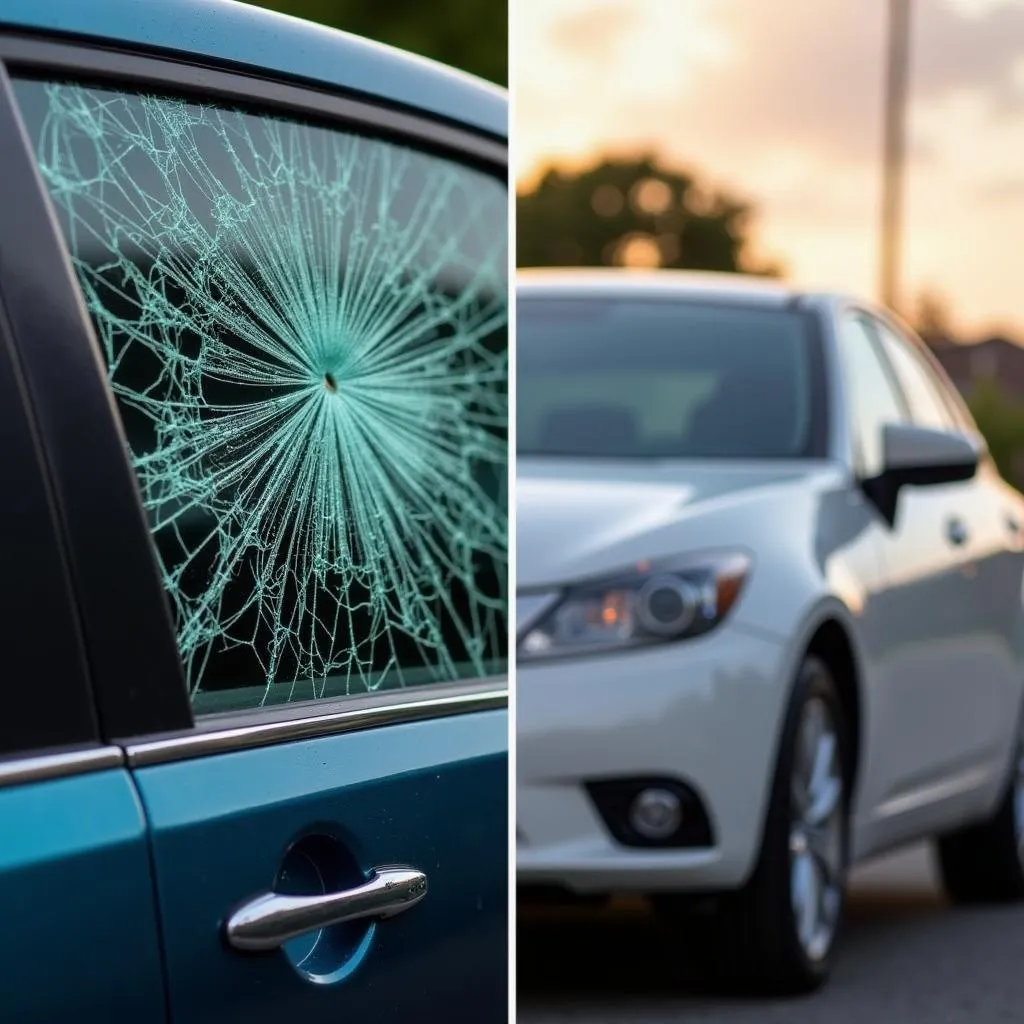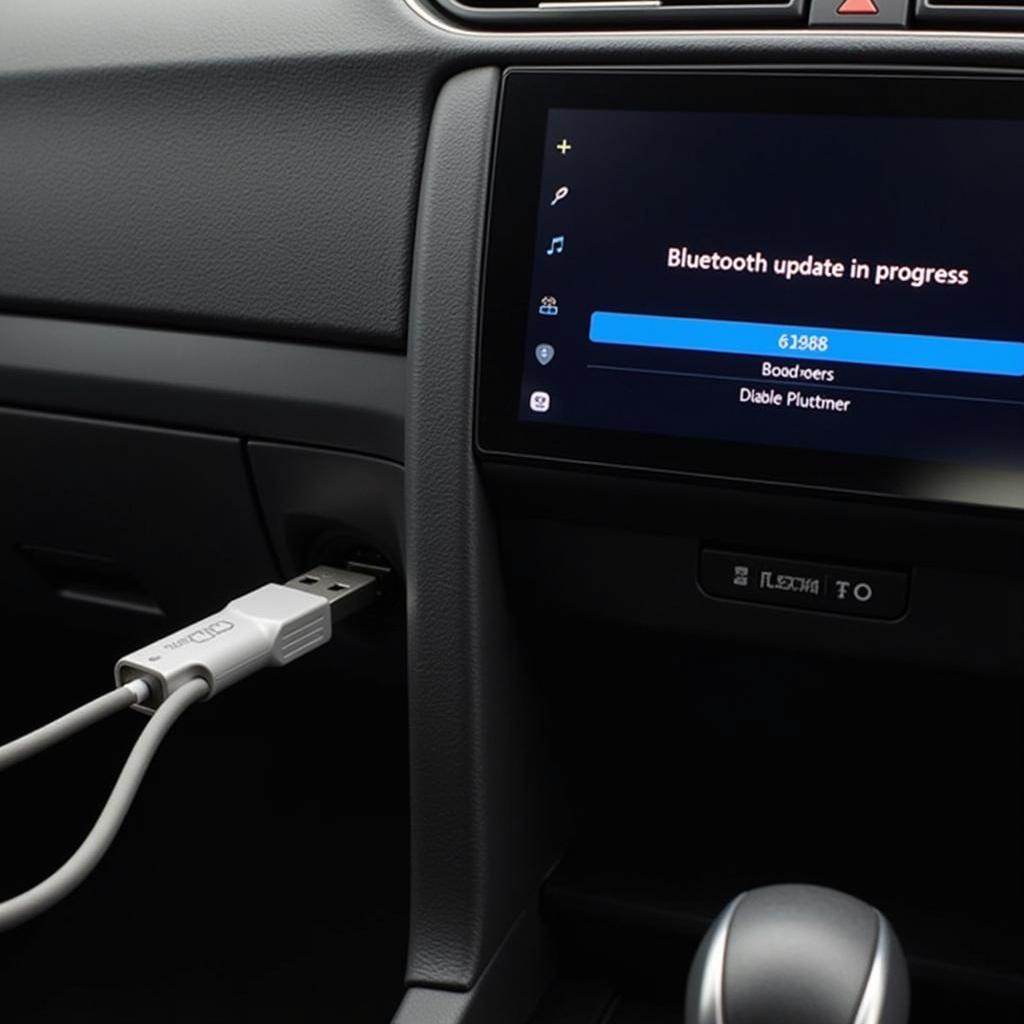The brake warning light on your Nissan NV200 dashboard is a crucial safety feature. When it illuminates, it signals a potential issue with your vehicle’s braking system that requires immediate attention. Ignoring this warning could lead to brake failure, putting you and others at risk.
Common Causes of Nissan NV200 Brake Warning Light
Several factors can trigger the brake warning light on your Nissan NV200. These range from simple issues like low brake fluid to more complex problems requiring professional diagnosis and repair.
Low Brake Fluid
One of the most frequent culprits is low brake fluid. Your NV200’s braking system relies on hydraulic pressure to function correctly. If the brake fluid level drops too low, it can disrupt this pressure, triggering the warning light.
Worn Brake Pads
Brake pads are designed to wear down over time. When they become excessively thin, they can activate a sensor that illuminates the brake warning light. This sensor acts as an early warning system, reminding you to replace your brake pads before they cause further damage.
Brake Fluid Leak
A leak in your NV200’s brake lines or other components can also cause the brake fluid level to drop, leading to the warning light illuminating.
Faulty Brake Light Switch
The brake light switch is responsible for activating your brake lights when you press the brake pedal. A malfunctioning switch can disrupt the brake light circuit, potentially triggering the brake warning light.
ABS System Malfunction
Your Nissan NV200 is equipped with an Anti-lock Braking System (ABS) designed to prevent wheel lockup during hard braking. If the ABS system encounters a fault, it can illuminate the brake warning light.
Diagnosing the Problem: What to Do When the Light Comes On
If your Nissan NV200’s brake warning light illuminates, it’s essential to address the issue promptly.
-
Check Brake Fluid Level: Safely park your vehicle and allow the engine to cool. Locate the brake fluid reservoir under the hood (refer to your owner’s manual for its exact location). Visually inspect the brake fluid level. If it’s below the “MIN” mark, add the appropriate brake fluid as specified in your owner’s manual.
-
Inspect for Leaks: While checking the brake fluid level, carefully examine the area around the reservoir, brake lines, and other brake system components for any signs of leaks. Look for wet spots, drips, or discolored areas that could indicate a leak.
-
Consider Brake Pad Wear: If the brake fluid level is sufficient and you don’t see any leaks, consider the age and condition of your brake pads. If you’re nearing the recommended replacement interval or notice any signs of wear like squeaking or grinding noises when braking, it’s best to have them inspected by a qualified mechanic.
What to Avoid When the Brake Warning Light is On
- Don’t Ignore the Warning: Continuing to drive with an illuminated brake warning light can be extremely dangerous.
- Don’t Attempt Complex Repairs Yourself: Unless you’re experienced with automotive repair, it’s best to leave diagnosing and fixing brake system problems to professionals.
Remote Diagnostics and Software Solutions: A Modern Approach
In today’s technologically advanced automotive landscape, remote diagnostics and software solutions play an increasingly vital role in addressing vehicle issues, including brake system problems.
“Remote diagnostics allow us to access a vehicle’s onboard computer systems remotely and retrieve valuable data about the brake system’s health. This allows us to identify potential issues and provide tailored solutions.” – David Miller, Automotive Diagnostics Engineer
When to Seek Professional Help
If you’ve checked the brake fluid level and inspected for leaks, and the warning light remains illuminated, it’s crucial to seek professional help.
Conclusion: Prioritizing Brake Safety
The brake warning light on your Nissan NV200 is a safety feature that should never be ignored. By understanding its potential causes and taking prompt action, you prioritize your safety and contribute to a safer driving environment. Remember, regular vehicle maintenance, including brake system checks, is crucial for optimal performance and safety.



